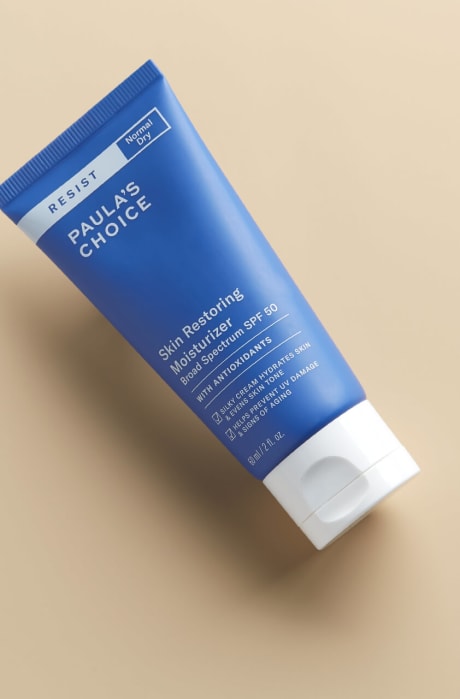Purslane
Antioxidant
Purslane at a glance
- Rich in vitamins A, C, and E plus the “super antioxidant” glutathione
- Source of skin-beneficial minerals such as potassium, magnesium, and omega-3 fatty acids
- Contains genistein, which helps rejuvenate skin that has become lax/crepey
- Purslane’s beneficial components address numerous skin concerns, including wrinkles and other signs of ageing
- Comes from a weed-like succulent plant
Purslane description
Purslane, also known as _Portulaca oleracea_ extract, comes from a weed-like succulent plant. This golden or green-colored plant has skin-soothing properties and is a potent antioxidant thanks to its high amounts of vitamins A (as beta-carotene), C, and E (alpha-tocopherol) as well as other antioxidant compounds such as glutathione. The antioxidants in purslane work to address numerous skin concerns, including wrinkles and other signs of ageing. Purslane is also a very good source of skin-beneficial minerals like potassium, magnesium, calcium, and phosphorous, plus omega-3 fatty acids, amino acids, and hydrating sugars known as polysaccharides. Another beneficial component of purslane is its genistein content, which can help rejuvenate skin that has become lax and crepey. Although not commonly consumed as part of most Western diets, the nutritional profile of this plant ranks it as a true superfood. Ongoing research is consistently showing this plant has remarkable benefits for the skin and body. Recommended usage levels of purslane in skin care ranges from 1–3% of the pure plant and 1–5% if it’s part of a blend. It is not known to be irritating or otherwise problematic for skin, although a formal safety assessment of this plant has yet to be conducted. Fun fact: Purslane is native to India and Persia but is naturally found in regions all over the world including Asia, Africa, America, Europe and Australia. It also has a history of use in Chinese and Korean medicine.

